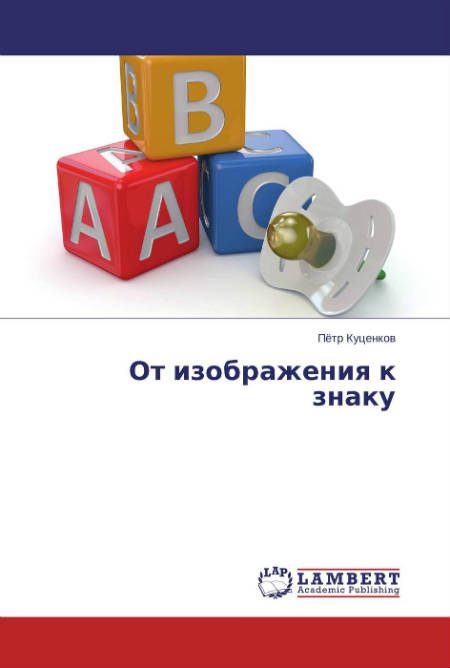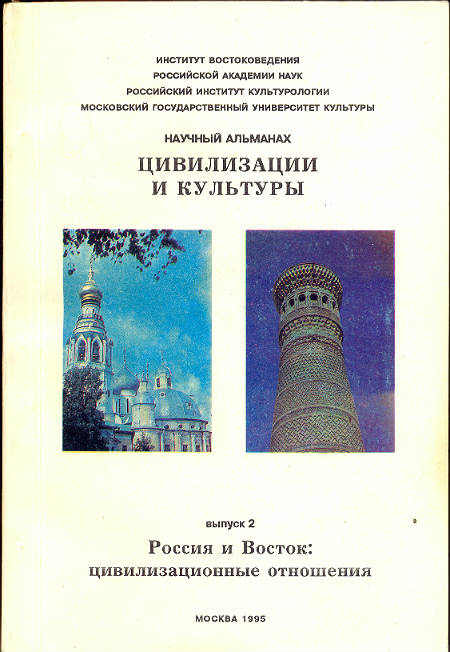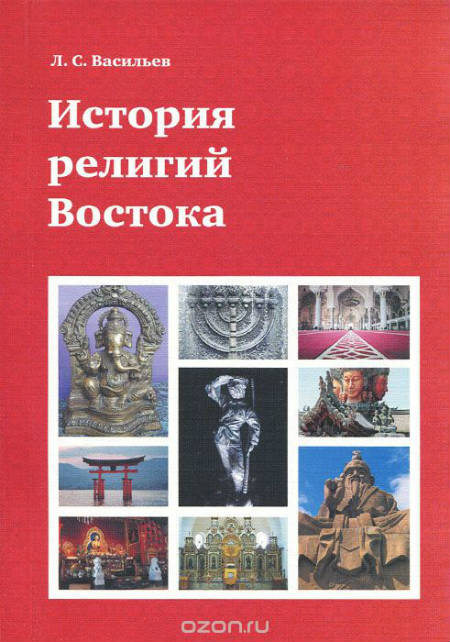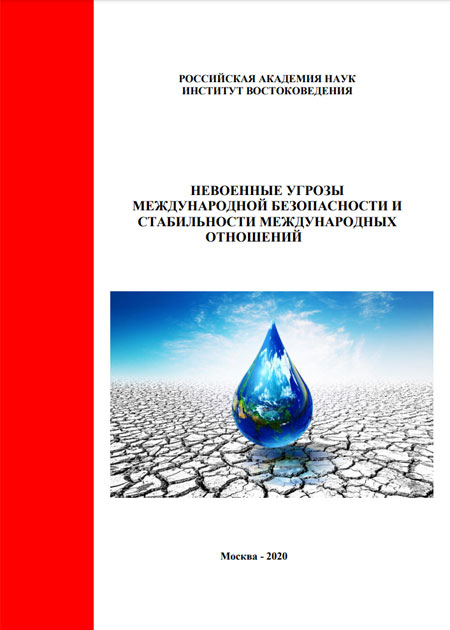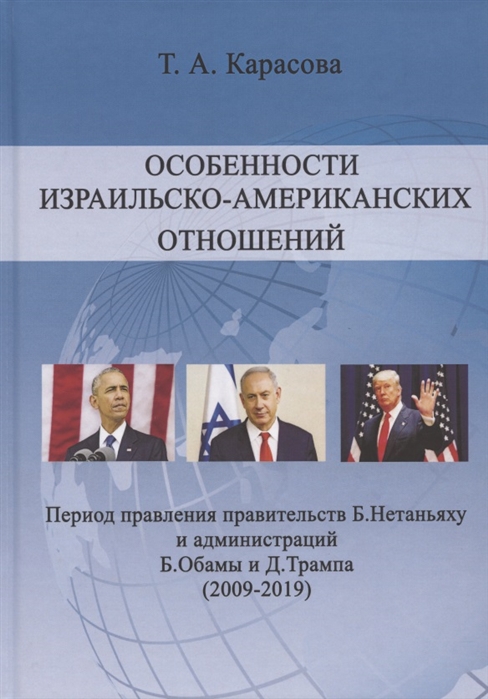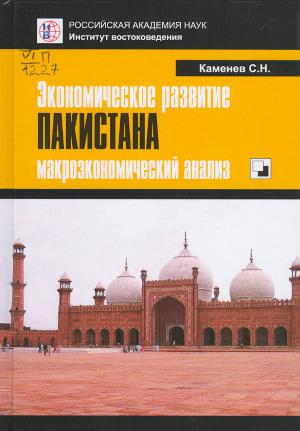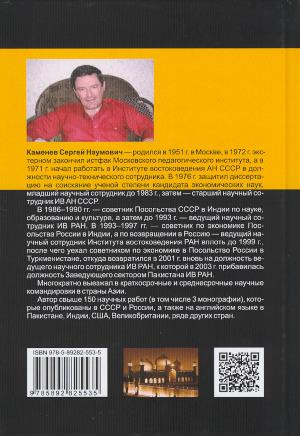Book
Economic Development of Pakistan: The Macroeconomic Analysis
Еditor: Belokrenitsky Vyacheslav
Institute of Oriental Studies of the Russian Academy of Sciences,
Москва, 2014, 384 p.
The present volume is devoted to the period of Pakistan economy starting from 1947 up to the 2014 and comprises all spheres of national economy – its industrial origin, growth rates, foreign trade, expenditure of GDP, savings and investment, demographic issues, role of remittances, relations between Russia and Pakistan, etc. The special Chapters are devoted to the analysis of the main stages in the development of the macroeconomic research works on Pakistan and to becoming and further development of the System of National Accounts Statistics in Pakistan.
One can find the difficulties of economic development in 1950s and then an obvious success in GDP growth in 1960s including positive results of the “green revolution” and fast development of large-scale and small scale industry in this decade as well. Author showed conspicuous ambiguousness of economic reforms initiated by the government of Zulfikar Ali Bhutto, including the mistakes connected with the nationalization of some banks, insurance and different branches of small-scale industry. In 1980s general Zia-ul-Haq tried to give some impetus to the economic development and extend the limit of the market economy and cut the role of public sector as well. Then one can find out the political struggle between Benazir Bhutto and Nawaz Sharif within the period of 1990s rather than the attention to real economic development of the country. So it wasn’t surprise when again the bloodless military coup took place in October 1999 and general Pervez Musharraf came to power. In the first decade of 21st century the growth rates showed remarkable position and sometimes it exceeded 7 percent annually. But president Asif Ali Zardari and civil government headed by Syed Yusuf Raza Gilani were not in a position to keep the growth rates on the same level due to the World economic crisis of 2008-2009 and horrible floods in 2010 and 2011. Then the period of recovery of Pakistan economy by Navaz Sharif government is under investigation in the book.


